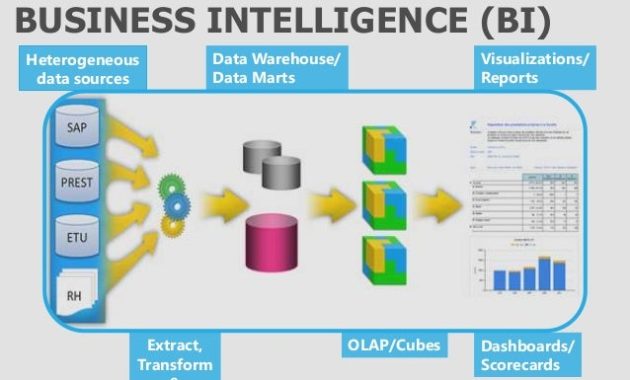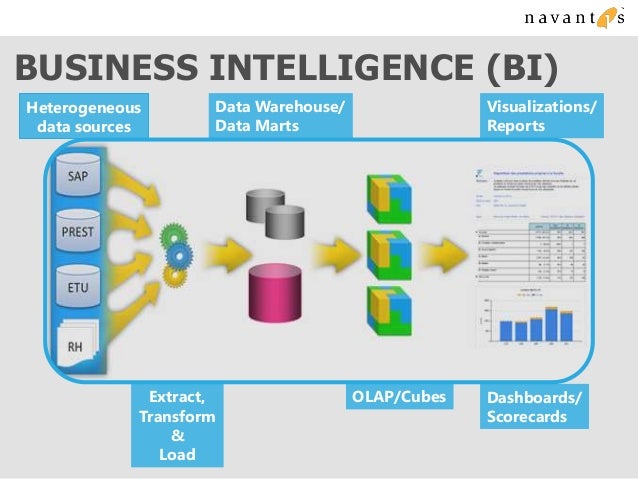
Self-Service Business Intelligence Software: A Revolution in Data Accessibility
In today’s data-saturated world, businesses are drowning in information. The challenge isn’t the *amount* of data; it’s the *ability* to extract meaningful insights quickly and efficiently. This is where self-service business intelligence (BI) software comes in. This software empowers business users to analyze data independently, without relying on IT or specialized data analysts. This article delves into the benefits of self-service business intelligence software and explores how it can fast track your organization’s journey to data-driven decision-making.
Democratizing Data: The Power of Self-Service BI
Traditional BI systems often require complex setups, specialized skills, and lengthy implementation times. This creates a bottleneck, preventing many employees from accessing and utilizing data effectively. Self-service business intelligence software breaks down these barriers by offering user-friendly interfaces, drag-and-drop functionalities, and pre-built dashboards. This democratization of data empowers users across departments, from marketing and sales to finance and operations.
The core principle behind self-service BI is to put the power of data analysis directly into the hands of the people who need it most. This accessibility leads to faster insights, better decision-making, and increased agility. Instead of waiting weeks or months for reports, users can generate them in minutes, allowing them to respond quickly to market changes and identify new opportunities.
Key Features of Effective Self-Service BI Software
Not all self-service business intelligence software is created equal. To ensure you’re choosing the right solution, consider these essential features:
- Intuitive Interface: The software should be easy to navigate, with a clean and user-friendly design. Drag-and-drop functionality and visual data exploration are crucial.
- Data Connectivity: The ability to connect to various data sources, including databases, cloud platforms, and spreadsheets, is essential. Compatibility with popular data formats is also important.
- Data Visualization: Robust data visualization tools, such as charts, graphs, and dashboards, are needed to present data in an easily understandable format.
- Data Modeling and Preparation: The software should provide tools to clean, transform, and model data to ensure accuracy and consistency.
- Collaboration and Sharing: Features that allow users to share reports, dashboards, and insights with colleagues are vital for fostering collaboration and knowledge sharing.
- Mobile Accessibility: The ability to access data and dashboards on mobile devices allows users to stay informed and make decisions on the go.
- Security and Governance: Robust security features and data governance capabilities are essential to protect sensitive data and ensure compliance with regulations.
Fast Tracking Insights: How Self-Service BI Drives Business Value
The benefits of self-service business intelligence software extend far beyond simply making data more accessible. This software can significantly impact various areas of a business.
- Improved Decision-Making: By providing quick access to data and actionable insights, self-service BI empowers users to make more informed decisions, leading to better outcomes.
- Increased Efficiency: Automation of reporting and analysis tasks frees up valuable time for IT and data analysts, allowing them to focus on more strategic initiatives.
- Enhanced Collaboration: Sharing dashboards and reports fosters collaboration across departments, leading to a better understanding of the business and its performance.
- Greater Agility: The ability to quickly respond to market changes and identify new opportunities gives businesses a competitive edge.
- Cost Savings: By reducing reliance on IT and data analysts for routine reporting tasks, self-service BI can lead to significant cost savings.
- Data Literacy: Promoting data literacy across the organization is crucial. Self-service BI tools help improve the data literacy of the workforce.
Choosing the Right Self-Service BI Software: A Step-by-Step Guide
Selecting the right self-service business intelligence software can be daunting. Here’s a step-by-step guide to help you make the right choice:
- Define Your Needs: Clearly identify your business goals and the specific data you need to analyze. Determine which departments will be using the software and what their requirements are.
- Assess Your Data Sources: Identify all the data sources you need to connect to, including databases, cloud platforms, and spreadsheets. Ensure the software supports these sources.
- Evaluate Features: Compare the features offered by different software vendors, focusing on those that are most important to your business needs.
- Consider Usability: Choose software with an intuitive interface and easy-to-use features. This will ensure that users can quickly learn and adopt the software.
- Evaluate Scalability: Ensure the software can scale to accommodate your growing data volume and user base.
- Assess Security and Governance: Prioritize software with robust security features and data governance capabilities.
- Consider Pricing and Support: Compare pricing models and support options to find the best fit for your budget and needs.
- Request Demos and Trials: Test out different software solutions with demos and free trials. This will allow you to experience the software firsthand and determine which one is the best fit for your organization.
Real-World Examples: How Self-Service BI Transforms Businesses
Many organizations are already leveraging self-service business intelligence software to achieve significant results. Here are a few examples:
- Retail: Retailers use self-service BI to track sales trends, optimize inventory, and personalize customer experiences. They can quickly identify which products are selling well. They also analyze marketing campaign performance.
- Healthcare: Healthcare providers use self-service BI to analyze patient data, improve operational efficiency, and enhance patient care. Data is analyzed for better outcomes.
- Manufacturing: Manufacturers use self-service BI to monitor production processes, identify bottlenecks, and optimize supply chains. They are able to reduce waste.
- Marketing: Marketing teams use self-service BI to analyze campaign performance, track website traffic, and understand customer behavior. They can make data-driven decisions.
- Finance: Finance departments use self-service BI to analyze financial performance, identify trends, and improve forecasting accuracy. They can manage financial risk.
The Future of Self-Service BI: Trends and Innovations
The field of self-service business intelligence software is constantly evolving. Several trends and innovations are shaping its future:
- Artificial Intelligence (AI) and Machine Learning (ML): AI and ML are being integrated into self-service BI platforms to automate data analysis, provide predictive insights, and personalize user experiences.
- Cloud-Based BI: Cloud-based BI solutions are becoming increasingly popular due to their scalability, flexibility, and cost-effectiveness.
- Embedded BI: Embedding BI dashboards and reports directly into business applications is becoming more common. This provides users with access to data within the context of their workflows.
- Data Storytelling: Data storytelling is becoming increasingly important. This helps users effectively communicate insights to stakeholders.
- Data Governance and Privacy: Data governance and privacy will continue to be key concerns. This will drive the development of more secure and compliant BI solutions.
Conclusion: Embracing the Power of Data with Self-Service BI
Self-service business intelligence software is a game-changer for businesses looking to fast track their journey to data-driven decision-making. By empowering business users with the tools they need to analyze data independently, this software unlocks valuable insights, improves efficiency, and drives better business outcomes. As the technology continues to evolve, the benefits of self-service BI will only grow, making it an essential investment for any organization seeking a competitive edge. Embrace the power of data, and start your journey with self-service business intelligence software today.
[See also: The Benefits of Data Visualization in Business, How to Choose the Right BI Tool, Data Governance Best Practices]

